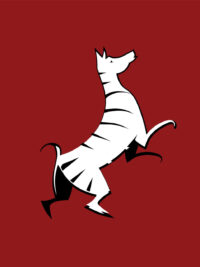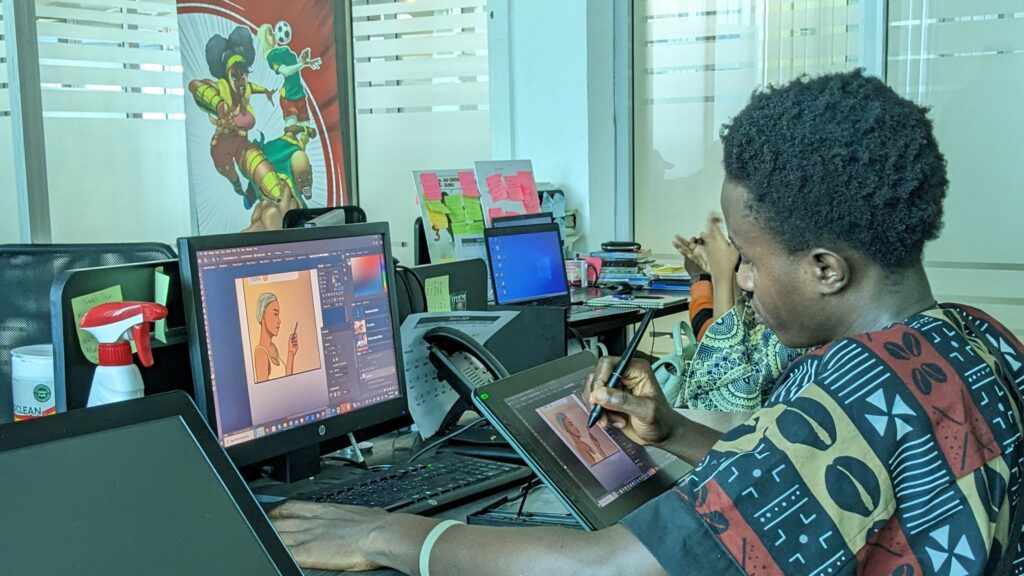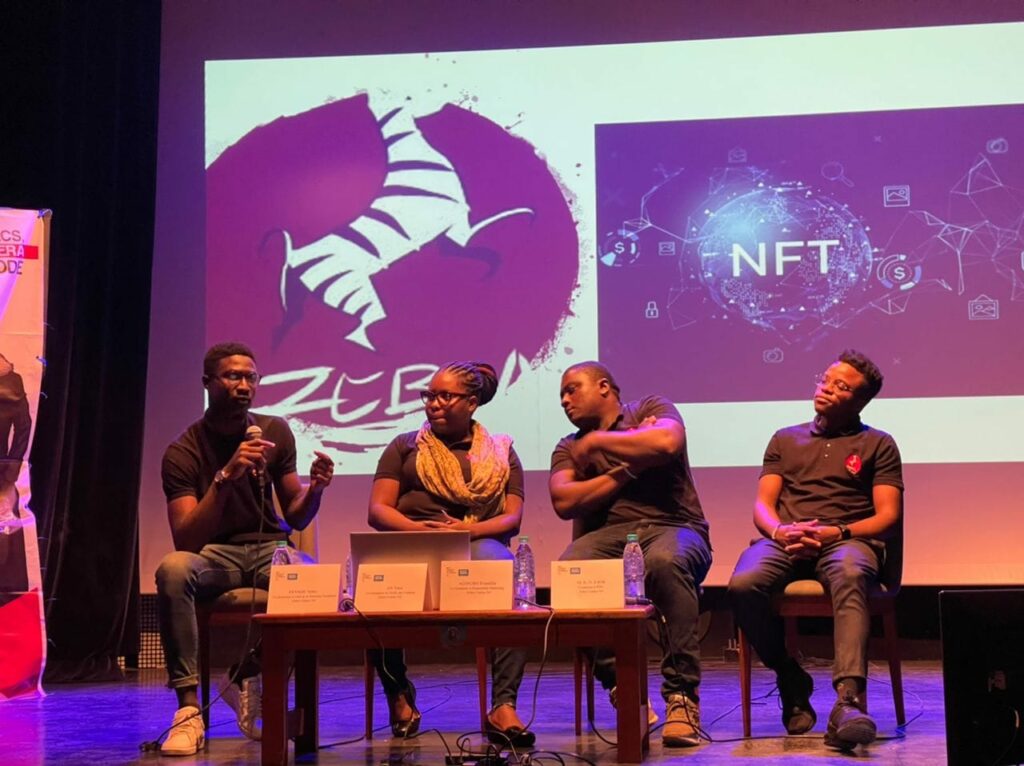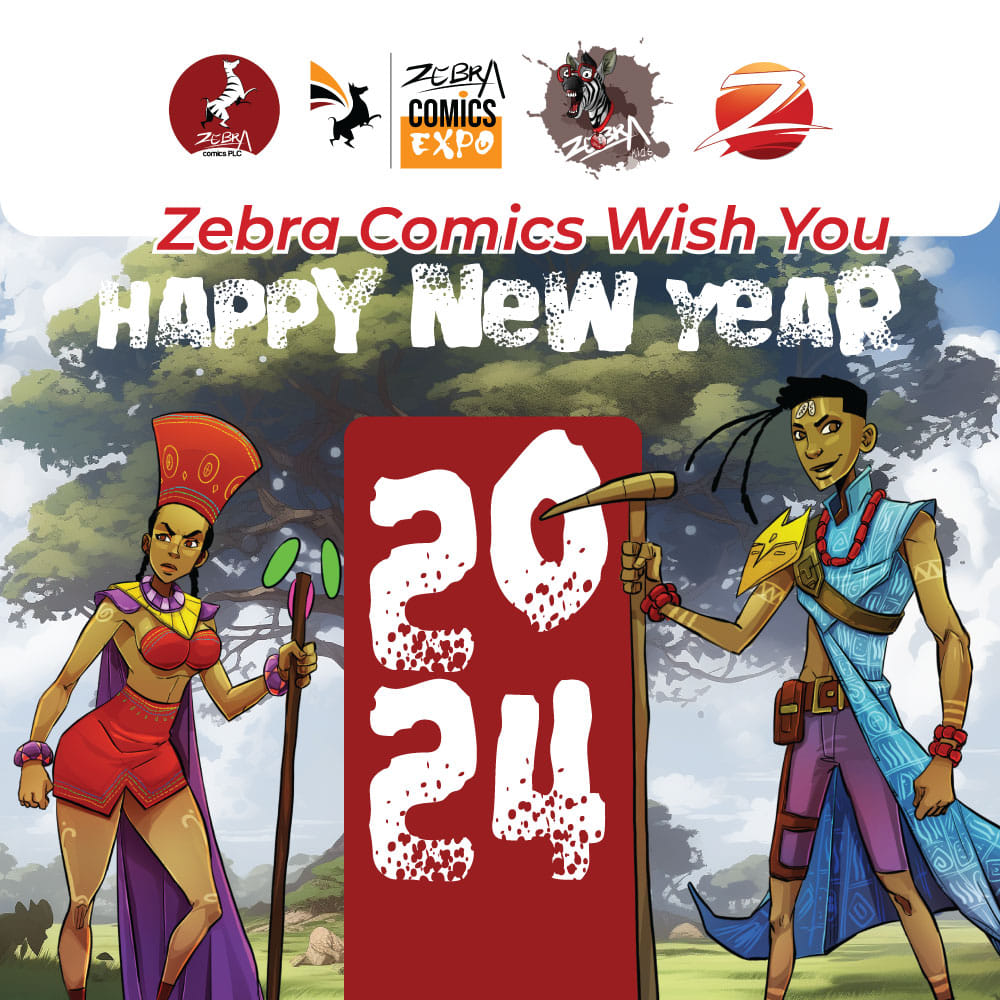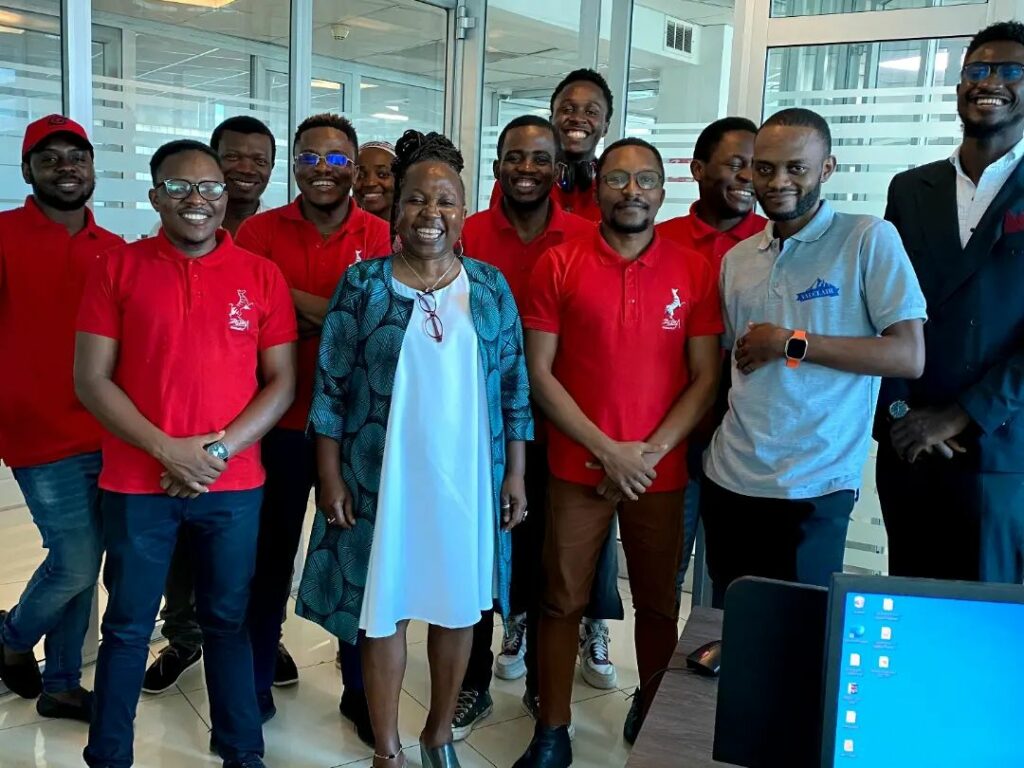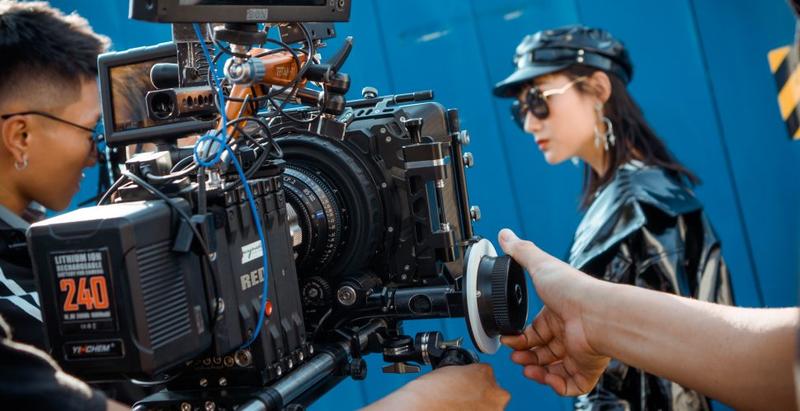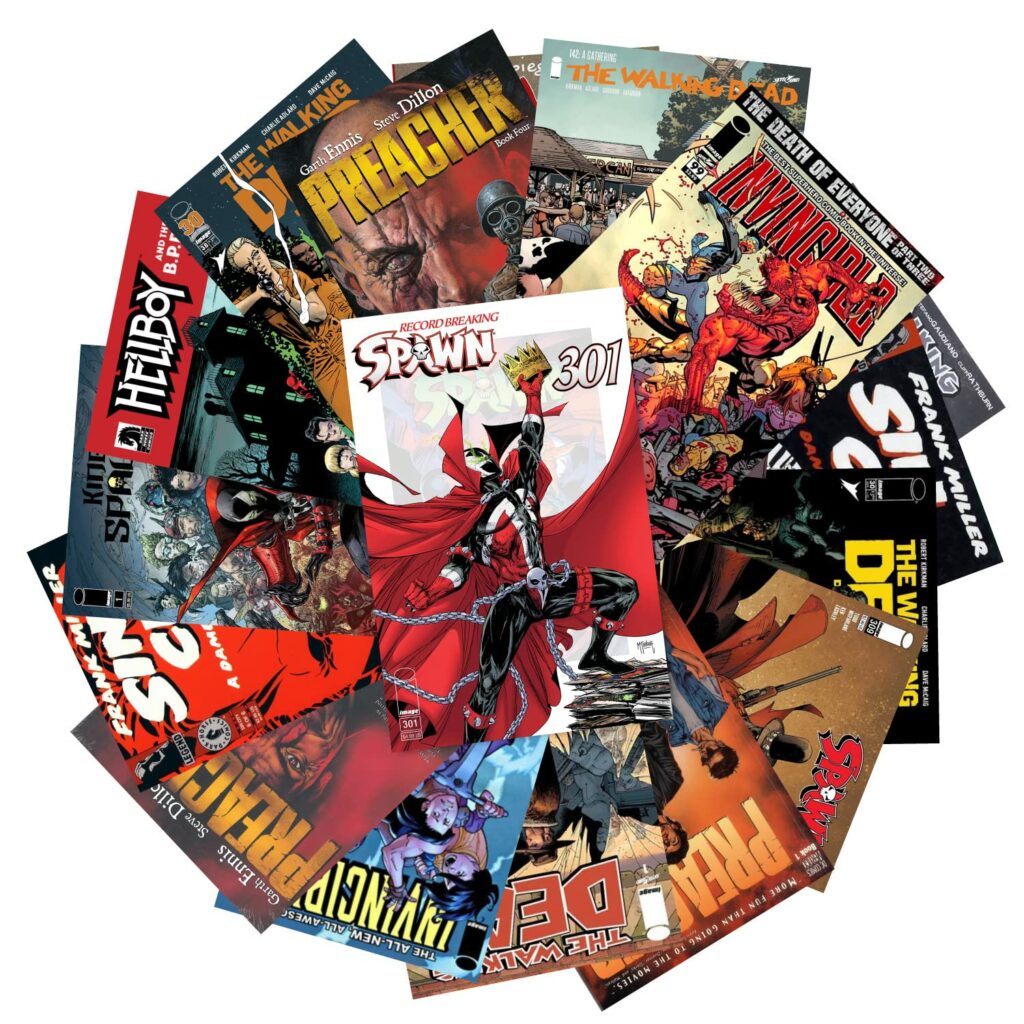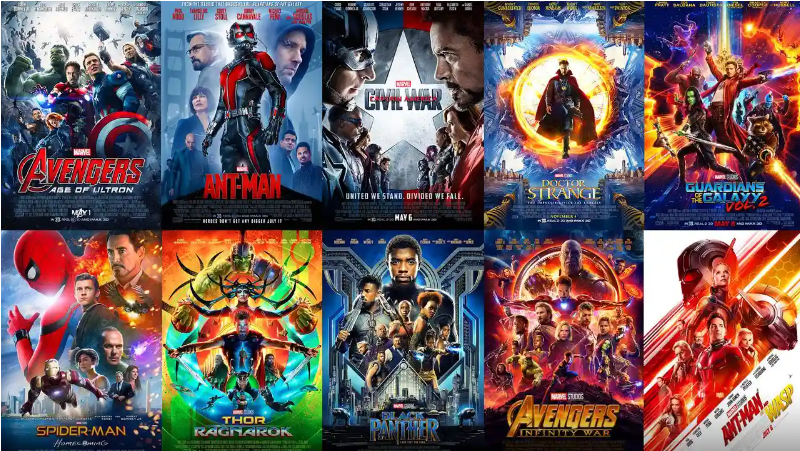The Life of a Letterer at Zebra Comics: An Interview with Tamunjoh Azushi
In the world of comics, collaboration is a key ingredient for success. From the script to publishing, several processes require the intervention of several skills to ensure that the final product is great. These skills include illustration, inking, coloring, lettering, editing, and proofreading. Even in cases where a creator wears a lot of hats and […]
The Life of a Letterer at Zebra Comics: An Interview with Tamunjoh Azushi Read More »
